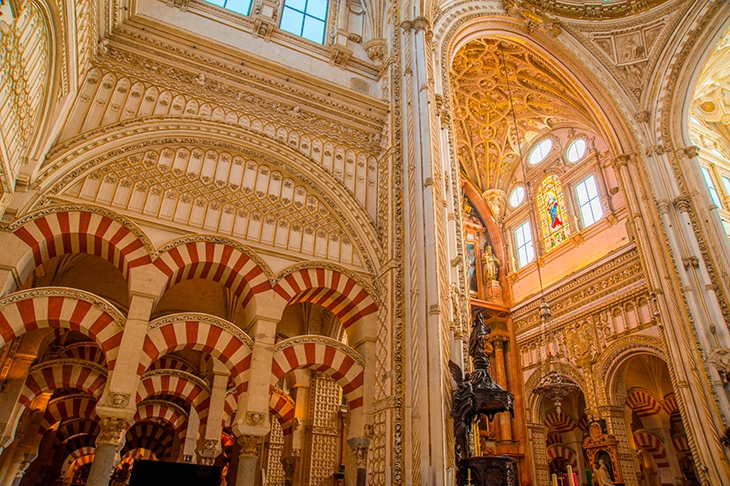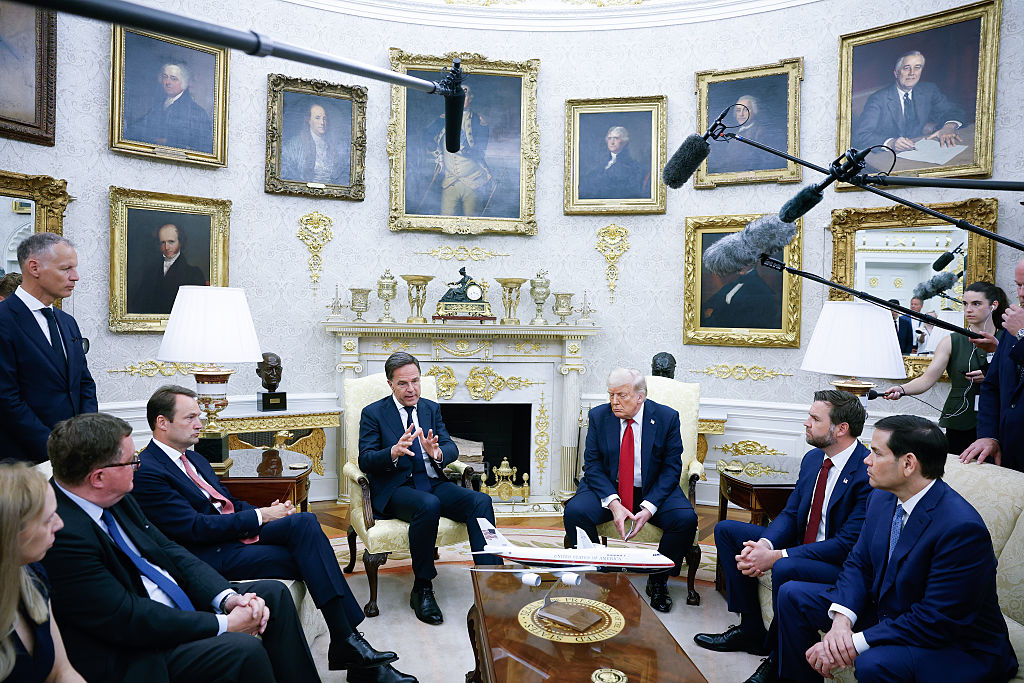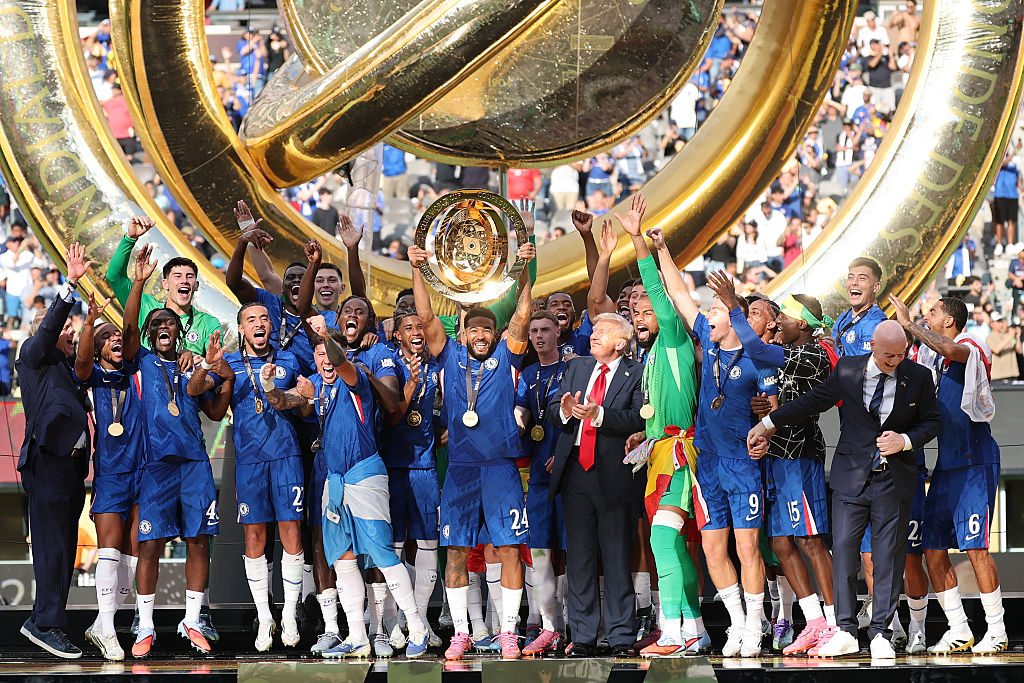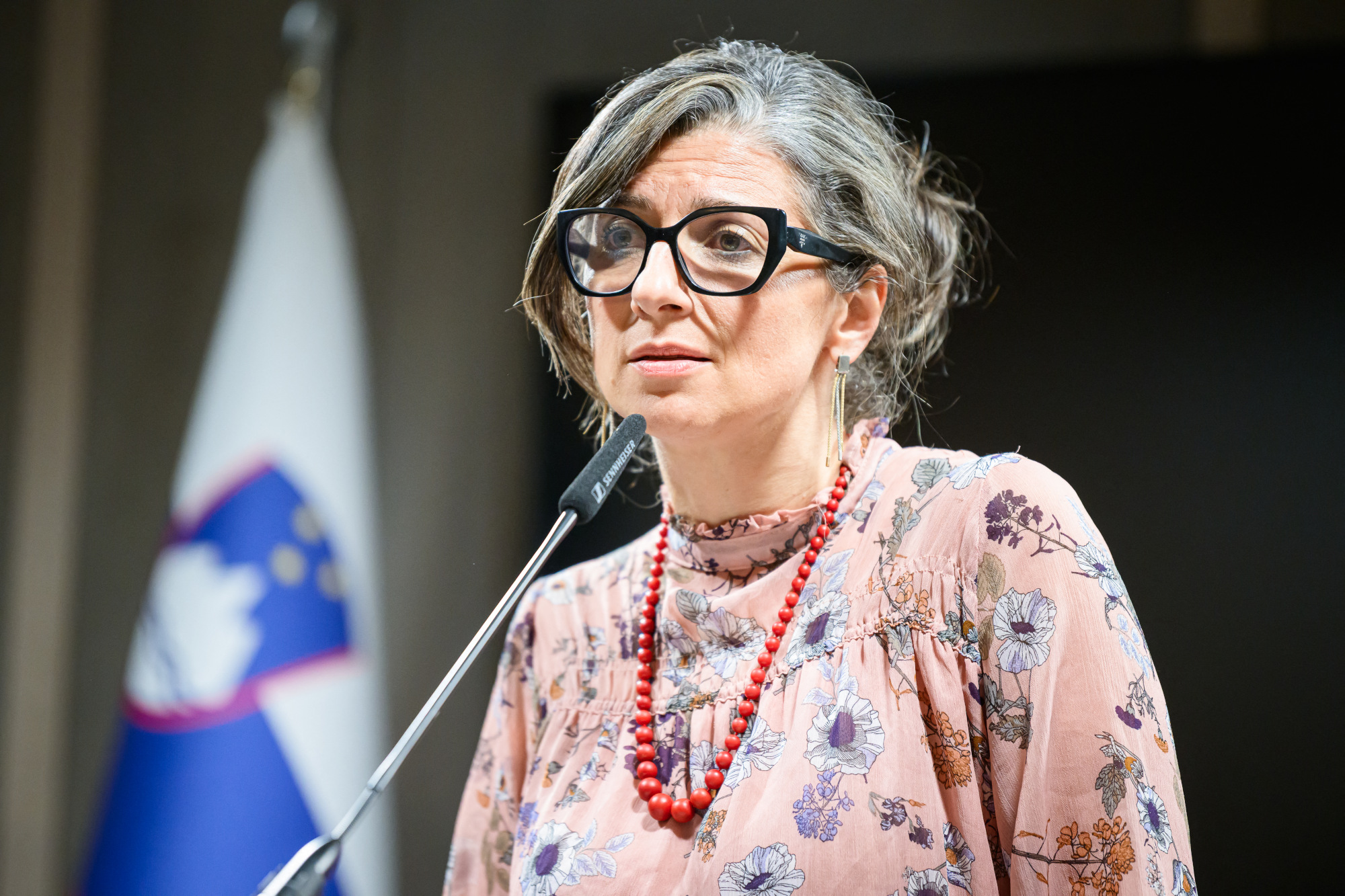The surroundings of the Crimea Memorial Church in Istanbul are ‘little better than a dump’, wrote the British embassy chaplain in 1964. ‘It takes an intimate knowledge of the place to find it.’
Today, the street running north-west from the Galata tower on the far side of the Golden Horn is quite chic. Turn right at the end and, above fig trees and trumpets of bougainvillea, you glimpse the lead-roofed spire-let of the church. It is by G.E. Street, the architect of St James the Less in Vauxhall Bridge Road, which also has stripes across nave walls and chancel vaulting.
The competition to design the church in Istanbul demanded that the style should be ‘the recognized Ecclesiastical Architecture of Western Europe, known as Pointed or Gothic’, duly adapted for a hot climate. The opulent William Burges won, but was replaced by Street in 1863 on grounds of cost and resistance to the commissioning Society for the Propagation of the Gospel in Foreign Parts. That these foreign parts should have a memorial to the Crimean War in the first place came about from the alliance, surprising from a distant view, between Britain and Ottoman Turkey against Russia, the protector of Christian interests in the Muslim Middle East.
After eight decades or so, the church was little used, and by 1975 the Bishop of Fulham and Gibraltar (who counts both the Pope of Rome and the Patriarch of Constantinople among his flock) was writing to John Betjeman asking for his help to remedy its state of disrepair. It closed a year later, but reopened in 1993, doing good work with refugees.
Its original patrons had also stipulated that no figure of man or beast should be represented, out of deference to the Muslim population. What Allan Doig does not mention in his tightly written book is that, on the panels of the chancel screen, figures of saints were painted between 1999 and 2004, of interest in concept, but not to my mind well executed. St Michael the Archangel is depicted as an army officer from the first world war (when Turkey was the enemy), with a flower in his rifle barrel. The fourth-century St John Chrysostom is portrayed as the spectacled Bartholomew, the current Patriarch of Constantinople.
In any case, graven images had been admitted in the 19th century, in the east window: the four Evangelists in Apocalyptic guise as a lion, an ox, a man and an eagle. What visiting Muslims without a degree in art history make of those, heaven knows.
That Czarist protection of Christian Holy Places in the Ottoman Empire connects the Crimean Memorial Church with the first of the 12 buildings that Doig chooses, the Holy Sepulcher in Jerusalem. Every church is another Holy Sepulcher, ritually re-enacting the death and resurrection of Jesus. Like their exemplar in Jerusalem, more unusually, half the churches in this book are domed: the incomparable Hagia Sophia in Istanbul, Charlemagne’s great church in Aachen, the five-domed Church of the Dormition in Moscow, the Renaissance St Peter’s and the Baroque Jesuit church of Sant’ Ignazio in Rome.
I’m not sure whether the 12 buildings add up to a history of the Church. They seem more to suggest how churches fit in with dominant empires: Roman, Carolingian, Spanish, Russian, Ottoman and British. But each chapter examines a church in an original way, a thousand miles from usual guidebook historical rat-runs.
The author, an academic Oxford clergyman, knows his stuff and writes with reticence. He mentions the battle of Lepanto without using its name; he refers to the ‘new Cathedral of Saragossa’ without specifying whether he means the rebuilt Seo or the neighboring basilica of El Pilar. Strangely at one point he says that the Victorian ecclesiologist Benjamin Webb was inhibited from exercising his orders for 16 years, when it was J.M. Neale (the author of ‘Good King Wenceslas’) that he means. Perhaps an editor supplied the wrong name when tidying a sentence.
One of the churchy dozen is anomalous: the Renaissance choir and chancel plonked in the middle of the mosque at Cordoba, with its forest of pillars. Doig quotes the verdict attributed to the Emperor Charles V: ‘You have destroyed something that was unique in the world and added something one can see anywhere.’ But at Seville they had demolished the mosque and built a superlative Gothic cathedral, and no one now complains.
The wonderful effect of the Cordoban mosque’s endless columns, erected from Roman spolia, is, I think, largely accidental. They had just added rows over the centuries. Culturally, Doig shows sympathy with the campaigners who want Muslims to worship in the old mosque, though it is in daily use as a church. I thought they were winning till I saw there recently an extraordinary new polychromatic tableau of St John of Avila, in high Baroque style, installed at the end of a Moorish aisle. The ancient struggle of Moros y Cristianos continues.
This article was originally published in The Spectator’s UK magazine. Subscribe to the US edition here.



